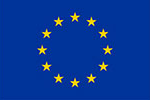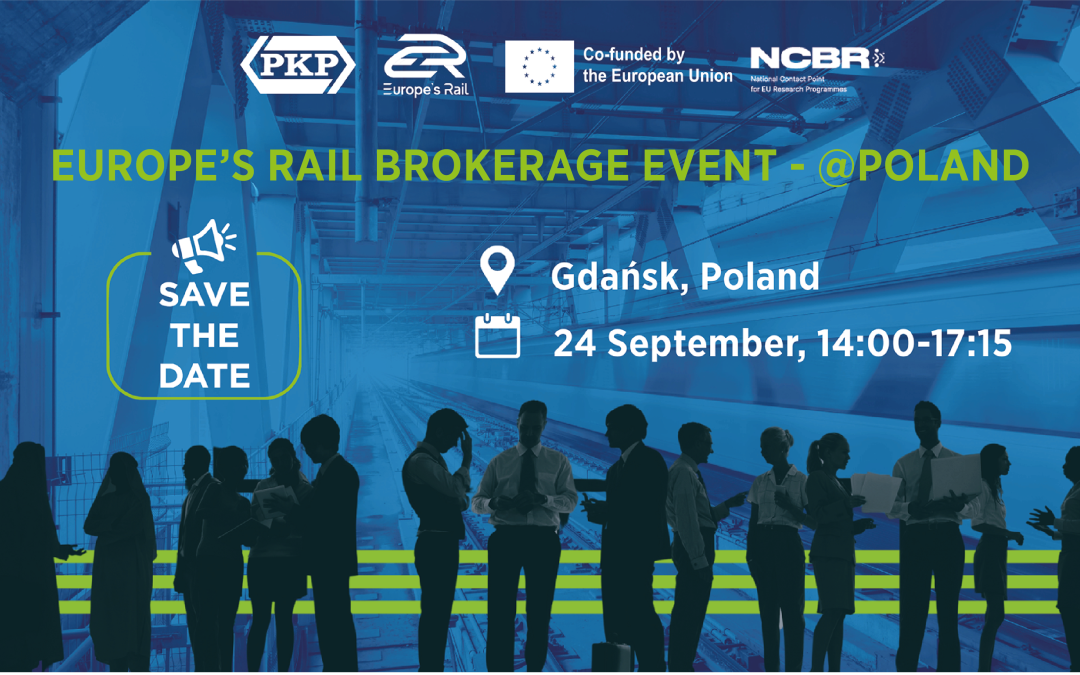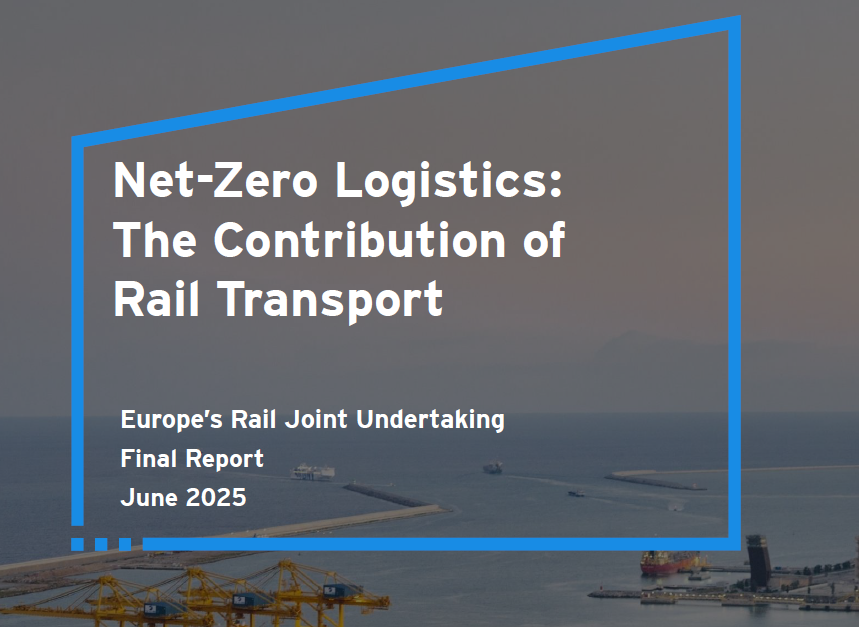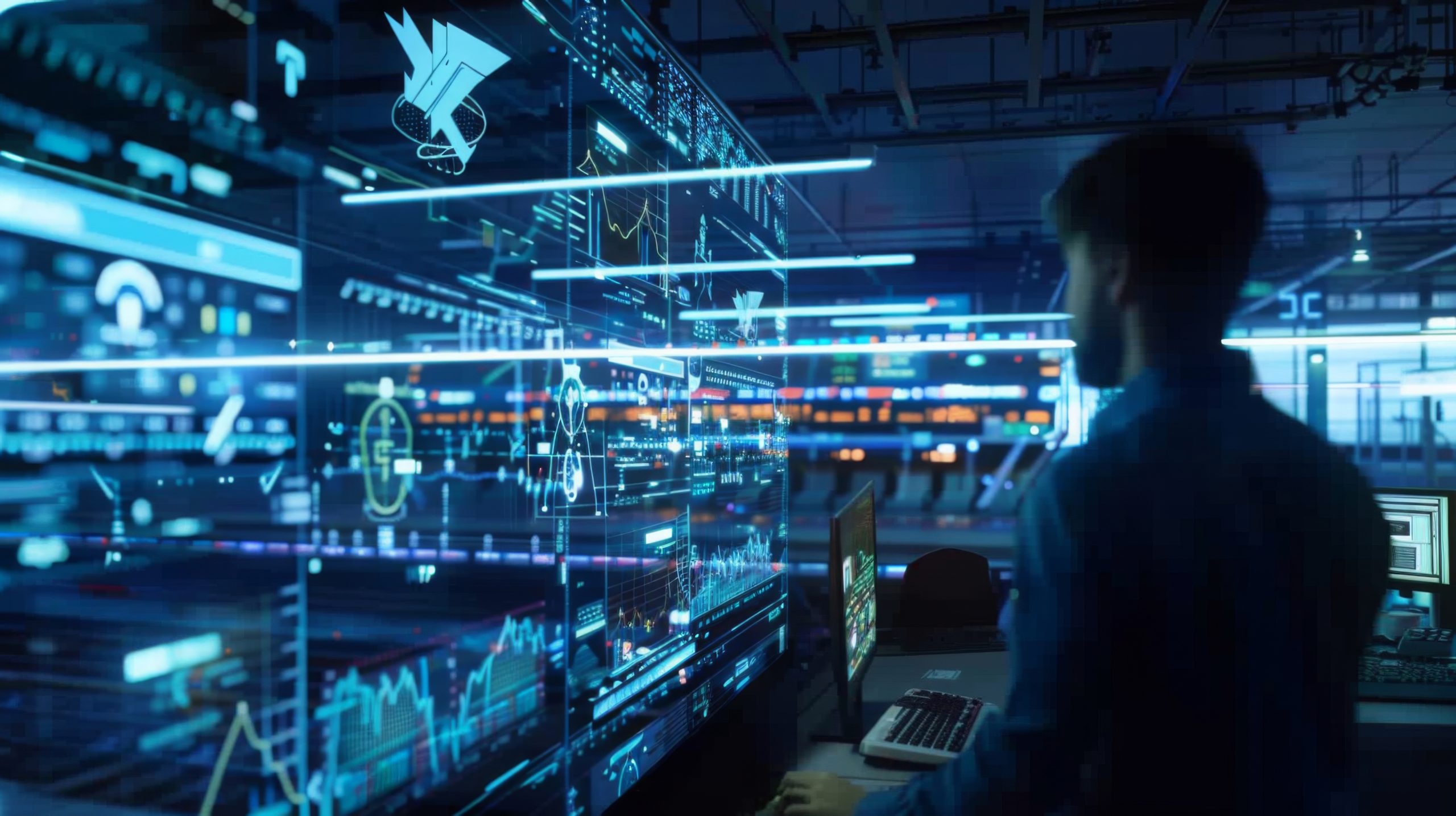Europe must take decisive steps to simplify and modernise its rail systems to strengthen competitiveness,...
- On May 16, you have been appointed Chairperson of the European Rail Research Advisory Council (ERRAC), the European rail technology platform. Beside the formal consultative role that ERRAC has in Shift2Rail, how do you see this collaboration progressing?
We are delighted to be working very closely with S2R and our missions are perfectly complementary. ERRAC is defining the future research and innovation vision for the sector (Rail 2050 Vision and future route maps) and is shaping the ambition that the next European research framework program (named Horizon Europe) must address.
S2R JU through the Master Plan and annual work plans is contributing to the realisation of the ERRAC Rail 2050 Vision (published in December 2017 and available on ERRAC website – http://www.errac.org/) and to the implementation of the Single European Railway Area through innovation. All this is satisfactorily done in close cooperation with a wide range of rail stakeholders, including the European Union Agency for Railways for the interoperability aspects.
- On May 17, the European Commission has presented its third Mobility Package to ensure a smooth transition towards a mobility system, which is safe, clean, connected & automated. In your opinion, what is the role of railway and S2R in this modernisation process of Europe’s mobility system?
Rail transportation is and will remain the leader in eco-friendly system of mobility for both passengers and goods. As highlighted in the ERRAC Rail 2050 Vision, it shall therefore deliver the backbone of the future mobility system, which will be intermodal within cities and beyond. S2R is the successful demonstration of how the rail sector is addressing the mobility challenges of European citizens and goods through innovation. The rail sector is committed to deliver this vision with the contribution of S2R in order to deliver the mobility of the future. I was pleased to see the mobilisation of rail stakeholders during the last Transport Research Arena (TRA) event in Vienna debating with other transport stakeholders on the mobility of the future and the key role of rail transport. Speaking about TRA, I would like to take the opportunity to warmly thank Shift2Rail and its Executive Director Mr Carlo Borghini for having hosted ERRAC on the Shift2Rail stand during TRA 2018.
- Commissioner Violeta Bulc has called for 2018 to be the “Year of Multimodality”. You have also mentioned in your ERRAC speech the importance of ‘joined-up’ thinking with other modes of transport. What is your vision of multimodality and how you see the S2R partnership, i.e. Members, working on it?
European citizens are demanding Mobility as a service, irrespective of the mode of transport. They want and need to be mobile, on demand, door to door, while being eco-minded. Being the greenest mode of transport for goods and passengers and delivering unrivalled-matched capacity at the right time, rail must be pro-active in proposing ways to interconnect with other modes of transport. Some aspects exist already in Shift2Rail, and must be amplified to ensure that rail remains at the centre of the mobility system.
- You have been involved in the Shift2Rail Programme as a Governing Board Member of the Joint Undertaking, and as Vice-President of Thales for many years now; as well as you have been in relation with other two Union partnerships. Thales is a Founding Member of the JU, with global presence in different sectors from mobility to defence. How do you see the partnerships, such as the S2R JU, evolving?
Shift2Rail is demonstrating that such initiative is key for the sector. Being united, all the stakeholders are delivering and implementing an innovative vision of the future Rail transport system. But compared to other initiatives, S2R is still young and growing, in a more and more digital and rapidly moving environment. This is why I am, as much as the sector is, a strong advocate of enlarging the S2R initiative to new digital challenges and to better integrate rail as the backbone of the mobility system.
